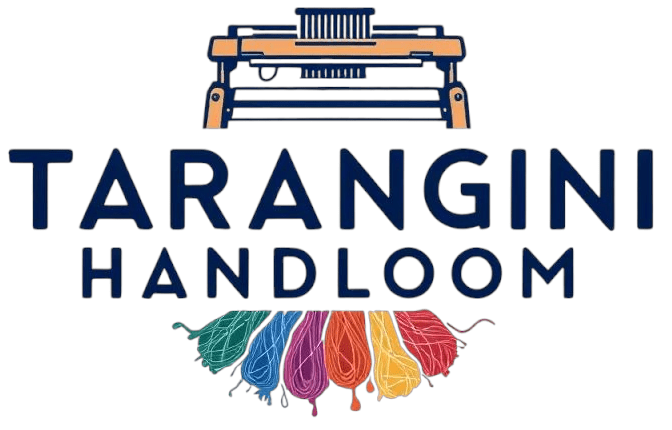Who Wears a Saree? Embracing the Global Legacy of Six Yards

The saree transcends boundaries—geographical, cultural, and generational. This magnificent six-yard garment is worn by millions of women across diverse demographics, making it one of the world’s most inclusive and versatile traditional outfits.
Traditional Saree Wearers
Historically, the saree has been the daily attire for women across the Indian subcontinent, including India, Bangladesh, Sri Lanka, Nepal, and Pakistan. In these regions, the saree serves as both functional everyday wear and ceremonial dress, worn by women from all walks of life—from construction workers and farmers to corporate professionals and homemakers.
In Bangladesh, the saree is recognized as the national attire for women, with the famous Dhakai Jamdani being celebrated worldwide. Similarly, in India, wearing a saree is deeply intertwined with cultural identity and is considered a sign of respect for elders and family values.
Generational Perspectives
The saree-wearing demographic has evolved significantly over generations. While older generations often wore sarees as daily wear, younger women today, particularly Gen Z and millennials, are rediscovering the saree as a trendy fashion statement rather than traditional attire. These young women are experimenting with innovative styling—pairing sarees with belts, blazers, sneakers, and creating ready-to-wear options for those who haven’t mastered the art of draping.
Professional and Social Contexts
Modern professional women continue to embrace sarees in corporate environments. Many successful career women, like PR consultant Sumitra Selvaraj, have worn sarees to work for decades, challenging the notion that sarees are not suitable for professional settings. The garment’s versatility makes it appropriate for boardrooms, formal events, and casual gatherings alike.
Cultural and Religious Occasions
Sarees remain the preferred choice for religious ceremonies, weddings, and festivals. Women often wear silk sarees during pujas and temple visits as a gesture of respect toward tradition and culture. Wedding sarees, particularly those with heavy detailing and intricate embroidery, are essential for bridal wear across South Asian communities.
Global Recognition and Adoption
The saree’s appeal has expanded beyond South Asian communities. In North America, approximately 18% of saree customers are from outside the South Asian community. The garment has gained recognition on international fashion runways and red carpets, with Hollywood celebrities like Naomi Campbell, Gigi Hadid, and Zendaya embracing this traditional attire.
Size and Age Inclusivity
One of the saree’s greatest strengths is its universal flattering nature. The garment suits women of all ages, body types, and builds. Fashion designers and advocates are promoting size inclusivity, challenging the outdated belief that sarees are only for thinner women.
Modern Interpretations
Contemporary saree wearers include fashion bloggers, influencers, and young entrepreneurs who are reshaping the narrative around this traditional garment. Brands like The Saree Room cater primarily to women aged 18-34, indicating a strong resurgence among younger demographics.
The saree serves as a cultural passport, representing heritage and craftsmanship on global platforms while maintaining its roots in tradition. Whether worn by a farmer in rural India, a corporate executive in Mumbai, or a young fashion enthusiast in Toronto, the saree continues to embody grace, confidence, and cultural pride across diverse communities worldwide.
At TaranginiHandloom.com, we celebrate this beautiful diversity of saree wearers, offering handcrafted pieces that honor tradition while embracing modern sensibilities for every woman who chooses to drape these magical six yards.
